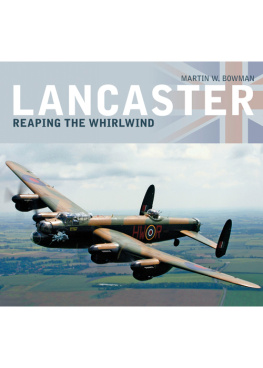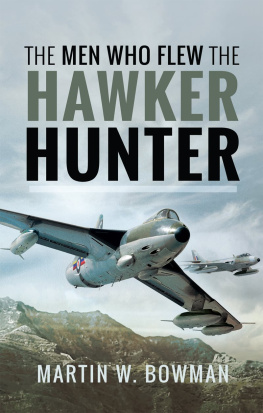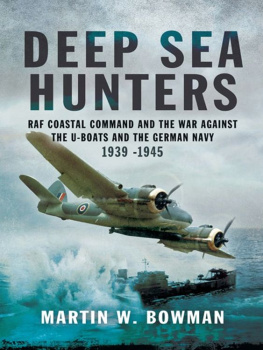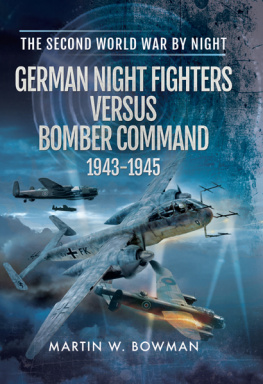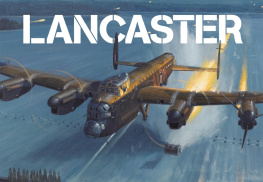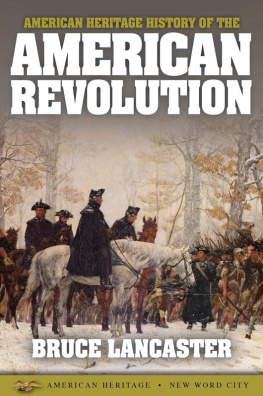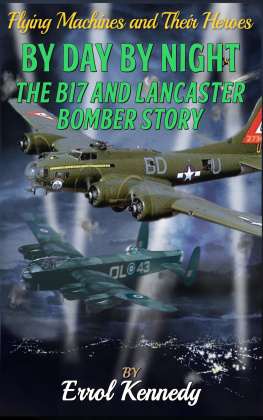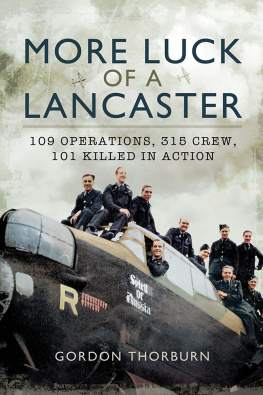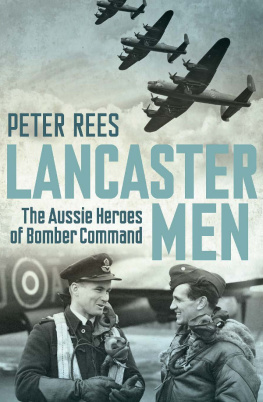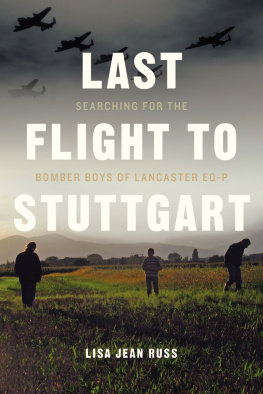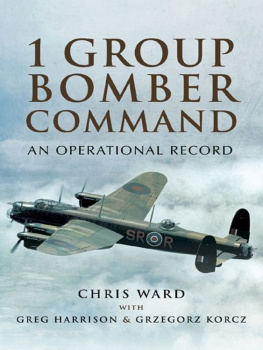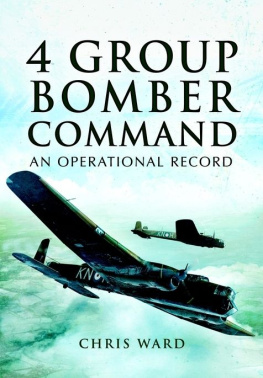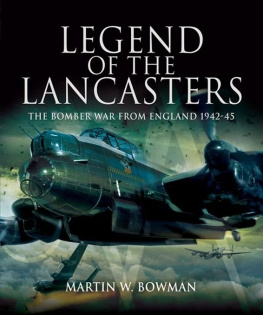May 1936 | Specification P.13/36 for a twin-engined bomber results in the Vulture-engined Avro Manchester designed by Roy Chadwick and his team. |
July 1937 | Manchester is ordered into production to specification. |
July 1939 | Manchester flies for the first time. |
September 1939 | Manchester III project with four Merlins first mooted. |
Mid-1940 | Avro is authorised to go ahead with the construction of a Manchester III prototype. The modified wing of increased span and the two extra engines results in a change of name from Manchester to Lancaster. |
November 1940 | Manchester enters squadron service with 5 Group, Bomber Command. |
1941 |
9 January | First Avro 683 Lancaster (BT308) flies as the Manchester III and is originally fitted with triple fins. |
13 May | Second prototype Lancaster (DG595) flies. |
31 October | First true production Lancaster I (L7527) fitted with Merlin XX engines of 1,280hp flies. |
Lancaster Is continue in production until 1946. |
21 December | Lancaster II prototype powered by American Packard-built Merlin engines flies. |
1942 |
Early 1942 | Deliveries of the first Lancaster Is to 44 Squadron at Waddington, followed by 97 Squadron at Woodhall Spa, begin. |
3/4 March | Four aircraft of 44 Squadron fly the first Lancaster operation of the war with a mine-laying sortie in the Heligoland Bight. |
10/11 March | Two aircraft of 44 Squadron make the first Lancaster night operation with a raid on Essen. |
10/11 April | Lancasters drop the first 8,000lb bomb on Essen. |
17 April | Twelve aircraft of 44 and 97 Squadrons, led by S/L J.D. Nettleton, carry out a low-level daylight attack on the MAN diesel engine plant at Augsburg. Nettleton is awarded the Victoria Cross for his part in the raid. |
25/26 June | Last raid is flown operationally by Manchesters, after which the type is withdrawn from operations. |
31 July/1 August | One hundred-plus Lancasters take part in a raid for the first time when Dsseldorf is bombed. |
18/19 August | Lancasters of 83 Squadron take part in the first operation by the Pathfinder Force, with a raid on Flensburg. |
17 October | Over 90 Lancaster Is of 5 Group bomb the Schneider Works at Le Creusot, a trip which involves up to ten hours flying. |
Only one aircraft is lost. |
1943 |
11/12 January | Two initial sorties by Mk.IIs against Essen prove abortive as they cannot reach the required operational ceiling, but five nights later the type goes into action successfully against Berlin. |
4/5 February | Lancaster IIs are given an Italian target Turin. |
Spring | 115 Squadron at East Wretham, Norfolk, in 3 Group and formerly flying Wellingtons, becomes first Lancaster II squadron. |
March | Eighteen squadrons using Lancaster Is. |
16/17 May | Eighteen Lancasters of 617 Squadron carry out a low-level attack on the Ruhr Dams. Eight aircraft are lost. |
W/C Gibson is awarded the VC. |
23/24 May | Greatest non-1,000 raid of the war with 826 aircraft, including 343 Lancasters, on Dortmund. |
20 June | Friedrichshafen bombed by 57 and 97 Squadrons, the Lancasters flying on to North Africa to refuel. |
July | One hundred and thirty-two tons of bombs are dropped for every Lancaster lost on operations. This compares with only 56 tons for each Halifax lost and 41 for each Stirling. |
15/16 September | Two Lancasters of 617 Squadron drop the first 12,000lb bombs during the disastrous low-level raid on the Dortmund-Ems Canal. |
11 November | First Lancaster to reach a civil register when G-AGJI is registered to BOAC to evaluate for airline use, which leads to the development of the Lancastrian, a 912 seat airliner. |
1944 |
15/16 February | More than 500 Lancasters take part in a raid for the first time when Berlin is bombed. |
8 June | First deep penetration 12,000lb Tallboy bombs are dropped by 19 Lancasters of 617 Squadron on the tunnel at Saumur. |
June | Lancasters fly daylight tactical operations in support of the invasion forces around Caen in the days immediately following D-Day. |
September | Last-ever batch of Lancasters (11 Lancaster IIIs) produced at Yeadon in West Yorkshire; the last delivered in October 1945. Most are used for ASR (Air/Sea Rescue) or for GR (General Reconnaissance). |
12 November | Eighteen Lancasters of 617 Squadron and 13 of 9 Squadron drop 12,000lb Tallboy bombs to capsize the 45,000-ton battleship Tirpitz in Troms fjord in Norway. |
1945 |
17 January | Prototype Lancastrian (G-AGLF) flies and is delivered from Woodford to BOAC at Croydon on 18 February 1945. BOAC uses Lancastrians on long-range routes until September 1950. |
March | No fewer than 56 squadrons of Lancasters operate on first-line duty (745 operational Lancasters and 296 more in OTUs). |
14 March |

